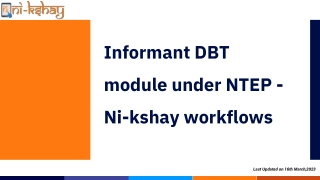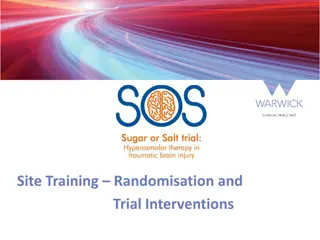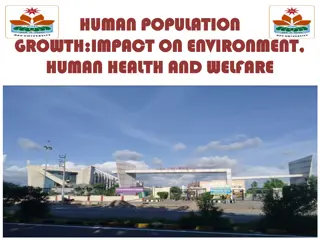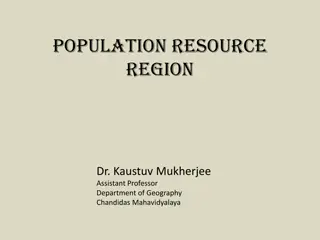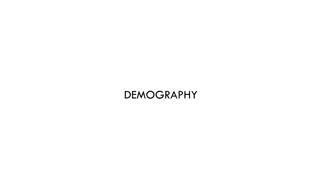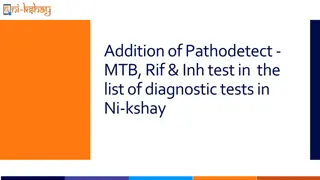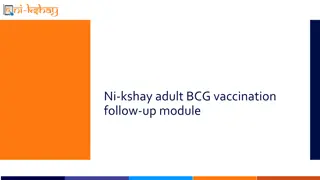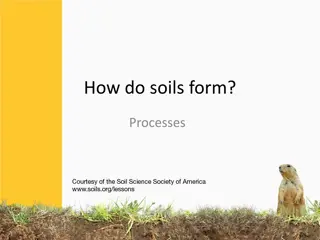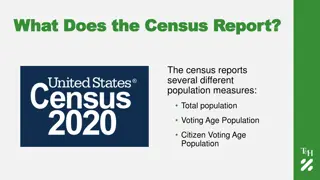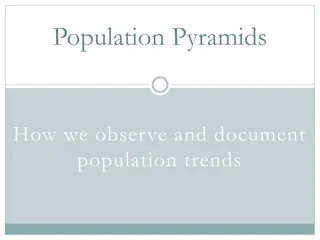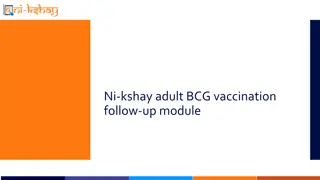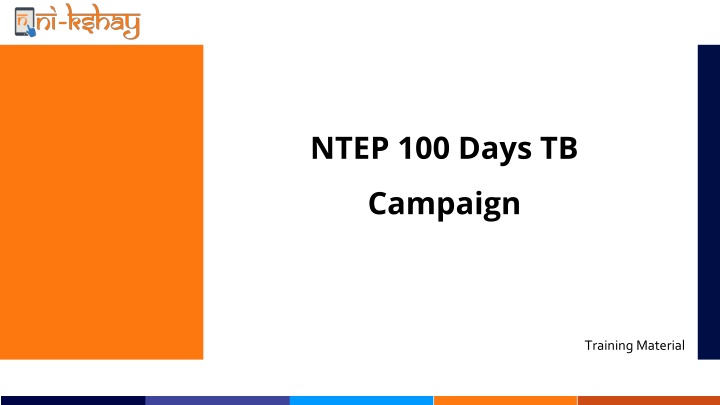
Key Population Additions in Ni-kshay Enrolment
This training material highlights the importance of updating Key Population demographics in Ni-kshay for TB Preventive Treatment eligibility. It introduces new categories like LGBTQAI++, substance abuse, silica exposure, and more. The material includes forms for vulnerable mapping at different levels and emphasizes the need for accurate data updating and verification.
Download Presentation

Please find below an Image/Link to download the presentation.
The content on the website is provided AS IS for your information and personal use only. It may not be sold, licensed, or shared on other websites without obtaining consent from the author. If you encounter any issues during the download, it is possible that the publisher has removed the file from their server.
You are allowed to download the files provided on this website for personal or commercial use, subject to the condition that they are used lawfully. All files are the property of their respective owners.
The content on the website is provided AS IS for your information and personal use only. It may not be sold, licensed, or shared on other websites without obtaining consent from the author.
E N D
Presentation Transcript
NTEP 100 Days TB Campaign Training Material
Key population additions in Ni-kshay enrolment form 1. Forms 2. Form 1: Vulnerable mapping form Form 2: Facility level reporting form Form 3: DTO level daily reporting form Field data updating, verification, and synchronization in 3. Ni-kshay
Key population additions in Ni-kshay enrolment form The Key Population demographics in Ni-kshay need to be updated with the following additional categories relevant for TB Preventive Treatment (TPT) eligibility: LGBTQAI++ Substance abuse (alcoholic, intravenous drug users) Tobacco/smoker (new category: Tobacco/Smoker) Silica exposure/silicosis Pregnancy/antenatal mother) Tribal Particularly Vulnerable Tribal Group (PVTG) Non-PVTG New Key Population Categories: Undernourished / Malnourished (BMI <18.5 kg/m2) Elderly (age >60 years) Workplace settings (coal, sandblasting, brick kiln) Tea garden worker Construction site worker Congregate settings Attendees of de-addiction centers Person exposed to indoor air pollution Marginalized populations at risk of HIV
Form 1: Vulnerable Mapping Form
Form 1: Vulnerable Mapping Form This static form is to be filled out at the PHI (Primary Health Institution) level once or updated when changes occur. The most recent submission will be used for monitoring purposes. The following fields are required: No. of vulnerable individuals mapped in the geography No. of diabetics mapped in the geography No. of undernourished individuals / BMI under 18.5 mapped in the geography No. of individuals >60 years of age mapped in the geography No. of individuals who are smokers and mapped in the geography No. of individuals who are alcoholic and mapped in the geography Contacts of TB Patients (in Last two years) Past TB Patients (last 5 years)
Form 1: Vulnerable Mapping Form This static form is to be filled out at the PHI (Primary Health Institution) level once or updated when changes occur. The most recent submission will be used for monitoring purposes. The following fields are required: No. of individuals in congregate settings mapped in the geography Total No. of Inmates Total no. of residents in the Old age homes Total No of residents in Orphanage Population of Destitute homes Population of Night shelters Total no. of students in residential schools Total Tribal Population of the geography Total Slum Population of the geography No. of workers in the industry or make-shift residential Setting Total Other vulnerable population (from the above categories)
Form 1: Vulnerable Mapping Form Step 1 Click on Ni-kshay Reports Step 2 Select 100 Days TB Campaign Step 3 Select Form1: Vulnerable Mapping Form Once filled the required information, click on Submit Submit
Form 2: Facility level daily reporting form
Form 2: Facility level daily reporting form This form will be filled in daily by facility-level users during the entire campaign. The following fields are required: 1. No. of vulnerable individuals screened in that geography during the campaign. 2. No. of individuals with history of TB screened. 3. No. of household contact screened. 4. No. of diabetics screened in that geography during the campaign. 5. No. of undernourished individuals / BMI <18.5 screened in that geography during the campaign. 6. No. of individuals in congregate settings screened in that geography during the campaign. 7. No. of individuals >60 years of age screened in that geography during the campaign. 8. No. of individuals who are smokers and screened in that geography during the campaign. 9. No. of individuals who are alcoholic and screened in that geography during the campaign. 10.No. of individuals referred for X-Ray. 11.No. of vulnerable individuals identified as presumptive using symptom screening or X-ray. 11.1) No. of individuals referred for NAAT 11.2) No. of individuals referred for Microscopy 12. Total no. of individuals (vulnerable + general) screened during the campaign. 13. Total no. of individuals (vulnerable + general) identified as presumptive using symptom screening or X-ray.
Form 2: Facility level daily reporting form Step 1 Step 3 Step 2 Select Form 2: Facility level daily reporting form Click on Ni-kshay Reports Select 100 Days TB Campaign Once filled the required information, click on Submit
Form 3: DTO level daily reporting form
Form 3: DTO level daily reporting form This form will be verified daily by geography-level users during the entire campaign. The following fields are required: 1. No. of vulnerable individuals screened in that geography during the campaign. 2. No. of individuals with history of TB screened. 3. No. of household contact screened. 4. No. of diabetics screened in that geography during the campaign. 5. No. of undernourished individuals / BMI <18.5 screened in that geography during the campaign. 6. No. of individuals in congregate settings screened in that geography during the campaign. 7. No. of individuals >60 years of age screened in that geography during the campaign. 8. No. of individuals who are smokers and screened in that geography during the campaign. 9. No. of individuals who are alcoholic and screened in that geography during the campaign. 10.No. of individuals referred for X-Ray. 11.No. of vulnerable individuals identified as presumptive using symptom screening or X-ray. 11.1) No. of individuals referred for NAAT 11.2) No. of individuals referred for Microscopy 12. Total no. of individuals (vulnerable + general) screened during the campaign. 13. Total no. of individuals (vulnerable+general) identified as presumptive using symptom screening or X- ray.
Form 3: DTO level daily reporting form Step 1 Step 3 Step 2 Select Form 3: DTO level daily reporting form Click on Ni-kshay Reports Select 100 Days TB Campaign Once filled the required information, click on Submit
Field data updation and verification Data to be checked for inconsistencies and correct data to be compiled by District TB Office Master KPI report to be used for monitoring the key activities of the campaign Daily entry of data in Form 2 by Health Facility BEFORE 6PM District TB Office to enter the validated data in Form 3 BEFORE 8PM Compiled district- wise Data report as well as Master KPI Report available in Ni-kshay Analytics next day Compiled HF-wise Data available as Report in Ni- kshay Reports and Ni- kshay Analytics
Field data updation and verification Frequency for filling, verification, and synchronization of data in Ni-kshay - Daily DATA ENTRY LEVEL OF DATA ENTRY HEALTH FACILITY OUTPUT FORMAT OUTPUT AVAILABLE IN Ni-kshay Analytics OUTPUT REPORT AVAILABLE BY Same day at 6.30PM (for data entered before 6PM) Same day at 6.30PM (for data entered before 6PM) Next day morning FORM 1 - Vulnerable Mapping Form Health facility wise aggregates of mapped vulnerable population Health facility wise aggregates of daily data reported in the form District wise aggregate of daily data reported Master KPI Monitoring Report FORM 2 - Facility level daily reporting form HEALTH FACILITY Ni-kshay Reports and Ni-kshay Analytics FORM 3 - DTO level daily reporting form DISTRICT TB OFFICE Ni-kshay Analytics Ni-kshay Analytics Next day morning



